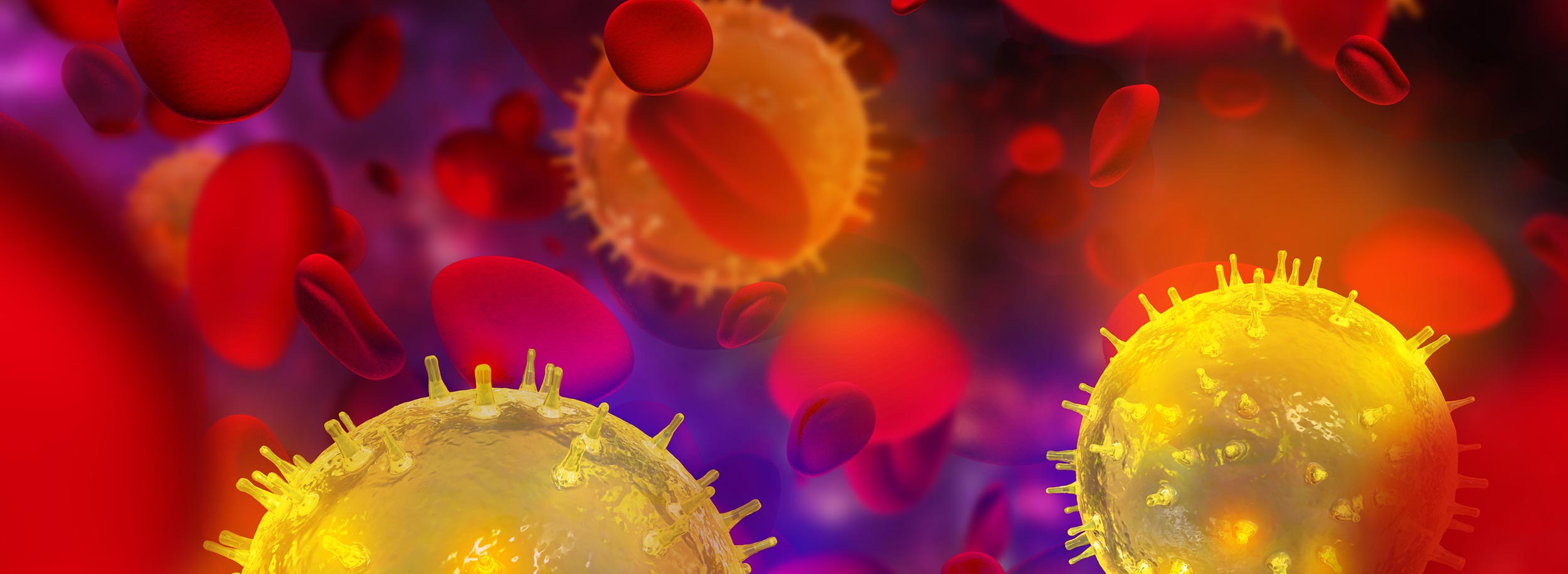On November 18, Dr. Gewanter responded to a piece in The Hill by Citizens Against Government Waste, by pointing out that the author Tom Schatz, wrongly categorized biosimilar approval as a trade/competition issue when it is a really a patient safety issue.
In his letter Dr. Gewanter wrote:
As a practicing pediatric rheumatologist and chairman of the Alliance for Safe Biologic Medicines, I wish to correct some misinformation published in your Nov. 11 article, (“Biosimilar approval is long overdue”, by Tom Schatz.) Biologic medicines have helped millions of patients suffering from cancer, rheumatoid arthritis, and other conditions, and the author is correct in his basic assertion that biosimilars- attempts to replicate them- will offer patients new ways to access versions of these therapies.
But Mr. Schatz makes a common error in equating biologic medicines with chemical medicines. Unlike generic copies of chemical medicines, the complexity of biologics means that an attempted copy will never be identical. A biologic produced from a different cell line can, at most, be “similar”, hence the term “biosimilars”. This scientific reality is why biologics cannot simply be treated as generics by regulators. Even minor differences can create adverse impact in patients, including unwanted immune responses. How similar is “similar enough” to safeguard patient safety? The Food and Drug Administration (FDA) has wisely taken its time in drafting approval criteria and other guidance to answer that question accurately.
Requiring biosimilars to be distinguishable not only from the biologic they aim to replicate, but also from other biosimilars, is smart for everyone: patients and physicians know which medicine they are receiving. Pharmacists can avoid inadvertent or inappropriate substitution. Regulators can better track adverse events and efficacy of products. Manufacturers will learn more, and be more accountable for their products.
Since the use and manufacture of biologics is global, the need for distinguishable naming is global. This is why the World Health Organization has proposed a global solution- adding a four letter “biological qualifier” (BQ) to the International Nonproprietary Name (INN) of each biosimilar. All patients deserve these protections, regardless of in which country they receive treatment.
Mr. Schatz claims the WHO’s proposal will “confuse providers and users”. To the contrary, it will add much-needed clarity:
A 2013 survey by ASBM of 470 European physicians showed that 24% use only the INN when prescribing, potentially resulting in patients receiving the wrong medicine. When reporting adverse events, 17% use only the INN, potentially resulting in false attribution of adverse events. Europe’s solution has been to track adverse events by batch number, yet only 40% of its physicians use these consistently, while 27% never use them.
More than 30 biosimilars are now available in Thailand to stimulate red blood cell production in cancer patients. One (or more) caused a deadly condition known as Pure Red Cell Aplasia (PRCA). Since all share the same INN, being able to attribute adverse effects – and efficacy – is critical.
Distinguishability isn’t confusing for doctors and patients; ambiguity is.
This is why ASBM joined more than 50 patient and professional organizations, by signing a letter in August urging FDA to follow the WHO’s lead and support distinguishable names for biosimilars.
When balancing potential cost savings, access to care, or administrative speed, against patient safety- patient safety must always trump all other concerns.
